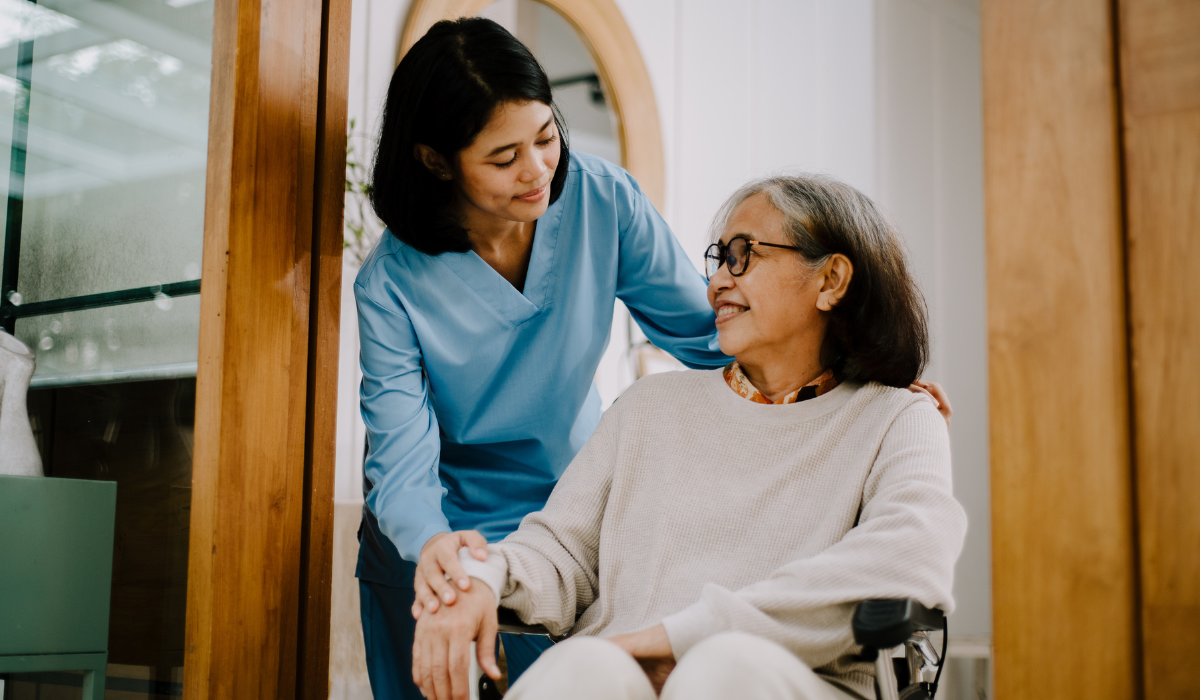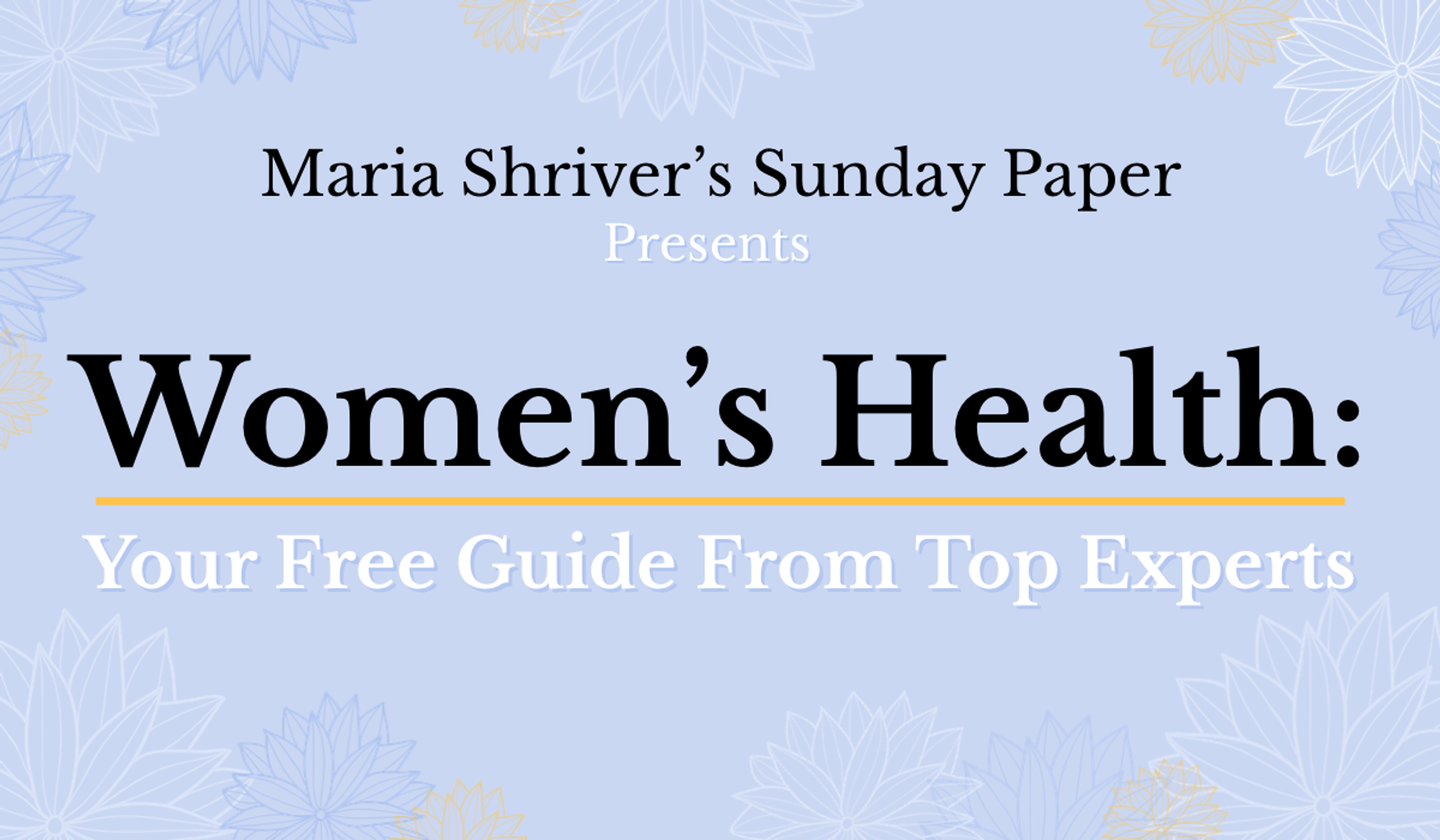Most People Don’t Get the End-of-Life Care They Really Want. Here’s What You Can Do to Change That
My mother died of cancer in 2011, when I was in my 30s. My father had died a decade earlier, and most of our family lived far away. So even though I lived in Boston and my mom was in Denver, we had to figure out how I could help care for her from a distance.
I started making frequent trips across the country, laptop in tow, working as much as I could and taking unpaid leave. From the outset, every doctor we saw recommended treatment. Some of it she accepted (chemotherapy), some of it she declined (surgery), and some of it she quit when it became intolerable (radiation). As I saw changes in her that I knew were not pointing to recovery—her introversion, her wasting body, her deep-seated lack of energy—I struggled to understand why everyone kept focusing on a cure. I assumed someone would talk to us about hospice when the time was right, but I was afraid to bring up what I was seeing—and my sense that she was getting worse.
My mother died at home, on her own, while I was in Boston. I misunderstood her ability to drive, shop, and take care of herself as signs that the end was still relatively far away. It was only in retrospect, after talking with her oncologist, that I understood she had a high likelihood of a fatal brain bleed all along.
Why didn’t anyone talk to us about that risk? Why didn’t anyone give us guidance about how we could manage the situation differently? Why didn’t anyone ever mention palliative care or hospice options?
It turns out our experience is not unusual. While 70 percent of Americans report a preference to die at home, only about 30 percent of us manage to have that happen. The days of multigenerational households, where our mothers cared for our grandmothers in back bedrooms, have been largely replaced by family members separated by long distances. Caring for loved ones in late life has changed from being a potential inconvenience to a complex, expensive, and emotionally fraught undertaking. Patients, caregivers, and families are all too often caught in a bind.
By the time my mother died, I had been researching inequalities in healthcare for almost fifteen years. As an academic sociologist, I had focused on conditions such as coronary heart disease, diabetes, and depression, trying to understand why certain people get misdiagnosed or undertreated. After the experience with my mom, I turned my attention to researching end-of-life.
In the past decade, I have interviewed scores of patients, caregivers, family members and healthcare providers, I’ve shadowed palliative care workers, and I’ve trained as a death doula—all to understand why medical decisions at end-of-life are so difficult.
Here are 3 lessons I’ve learned along the way that I hope will help you, too.
Lesson No. 1: The Doctors Don’t Always Know More Than You Do.
Our culture teaches us to revere doctors, but that doesn’t mean you should undervalue your own expertise. After all, you have specialized knowledge that doctors are missing, whether it’s knowing what is normal for your body, such as what you eat, how you sleep, what your pain levels are, and what you like to do on a daily basis. You are also the expert about changes in mood, cognition, or emotions. I saw these kinds of changes in my mom, but I didn’t value my own expertise enough to raise questions with her doctors. As a result, I contributed to delays in communication about her prognosis. Trust your intuition and share your observations with your doctors.
Lesson No. 2: Be Proactive and Ask Questions About End-of-Life Care—Even Before You Need It.
Many of us assume our healthcare providers will tell us what we need to know, when we need to know it. Unfortunately, this just isn’t true. Time spent away from hospitals and intense treatments can often give families the quality of life they desire. But there are many reasons these options aren’t always raised with patients and families.
Our medical system tends to focus on curing disease, which makes it hard to also think about quality of care when someone is dying. It’s also difficult for healthcare providers to have conversations about end-of-life care with patients—both emotionally, and because clinicians are often trying to stick to tight schedules that don’t leave a lot of room for in-depth, thoughtful conversations. Perhaps most importantly, it can be hard for doctors to know what patients are thinking and what they prefer.
I assumed we would eventually use hospice, but was afraid to ask about it because I didn’t want to seem pessimistic when everyone was so focused on a cure. In retrospect, I think my mom was also concerned about her quality of life, but no one wanted to talk about it with her, either. This created another problem, which was that she and I didn’t know how to talk with each other about our thoughts and preferences. The result was a lot of silence and delay, and her dying without any of the supports that I now know are available.
If you wait for someone to tell you that end-of-life is approaching, it might be too late for you to act in alignment with your priorities. This is why it’s important to be proactive and have the discussion early—even if it seems too soon, and even if the odds are high that you’ll be cured.
Lesson No. 3: Educate Yourself About the Kinds of End-of-Life Care Available to You.
Many people already know about hospice, which has been in the U.S. since the 1970s. Hospice is covered by Medicare, but to use it, patients must give up medical care that is intended to cure their illness. This trade-off is often called the “terrible choice” for understandable reasons.
But hospice is under a larger umbrella of palliative care, which is a newer piece of our healthcare system. Palliative care is made up of multidisciplinary teams focused on comfort care. Palliative care is not reserved for terminal illness, but can be used at any age and at any stage in an illness—even as soon as diagnosis occurs. Studies have shown that the use of palliative care reduces symptoms and increases quality of life for both patients and caregivers. It also reduces crisis care, such as visits to the emergency department, hospitalization, and time in intensive care.
Asking if you can talk with someone in palliative care connects you with a team of providers who specialize in different issues, so they can help you to identify your concerns and customize plans. Is it okay if you don’t know exactly what you need. Palliative care workers can help if you need more comfort care for symptoms like pain or nausea. They can help if you are stuck in the bureaucracy of our healthcare system and need guidance on which resources are available and how to sign up. They can help if you are observing a new symptom or need help coordinating care with your physician. Most of all, palliative care is a safe space for you to talk through difficult questions about prognosis, hospice, and how to align your care with your priorities, even if your other doctors are pushing treatment and cure.
Beyond palliative care, there are many tools to help you think about your preferences, and learn how to communicate with your loved ones and your healthcare providers, all with the goal of getting the kind of care you want. For example, The Conversation Project, 5 Wishes, or A Beginner’s Guide to the End by Dr. BJ Miller and Shoshana Berger are all excellent resources.
I didn’t have this information as I was caring for my mom. I saw changes in her, but I didn’t speak up because I thought I was supposed to go along with whatever the doctors said. I figured that someone would tell us when she was dying and when we should start hospice. I was wrong. Given what I know now, I would’ve made much different decisions—and I am on a mission to help others have a different outcome.
Karen Lutfey Spencer, PhD is an academic sociologist studying medical decision making and doctor-patient relationships. She is currently working on a book about end-of-life decision making. Her research has been featured by outlets such as The New York Times, NBC News, and public radio in Colorado, Wisconsin, and California. You can follow her on Instagram and at www.karenlutfeyspencer.com.




